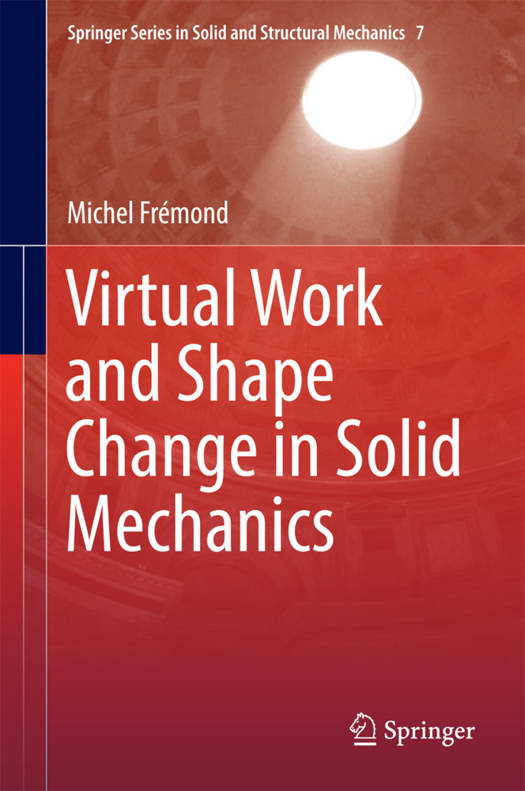
- Afhalen na 1 uur in een winkel met voorraad
- Gratis thuislevering in België vanaf € 30
- Ruim aanbod met 7 miljoen producten
- Afhalen na 1 uur in een winkel met voorraad
- Gratis thuislevering in België vanaf € 30
- Ruim aanbod met 7 miljoen producten
Zoeken
Omschrijving
This book provides novel insights into two fundamental subjects in solid mechanics: virtual work and shape change. The author explains how the principle of virtual work represents a tool for analysis of the mechanical effects of the evolution of the shape of a system, how it can be applied to observations and experiments, and how it may be adapted to produce predictive theories of numerous phenomena. The book is divided into three parts. The first relates the principle of virtual work to what we observe with our eyes, the second demonstrates its flexibility on the basis of many examples, and the third applies the principle to predict the motion of solids with large deformations. Examples of both usual and unusual shape changes are presented, and equations of motion, some of which are entirely new, are derived for smooth and non-smooth motions associated with, for instance, systems of disks, systems of balls, classical and non-classical small deformation theories, systems involving volume and surface damage, systems with interactions at a distance (e.g., solids reinforced by fibers), systems involving porosity, collisions, and fracturing of solids.
Specificaties
Betrokkenen
- Auteur(s):
- Uitgeverij:
Inhoud
- Aantal bladzijden:
- 371
- Taal:
- Engels
- Reeks:
- Reeksnummer:
- nr. 7
Eigenschappen
- Productcode (EAN):
- 9783319406817
- Verschijningsdatum:
- 4/10/2016
- Uitvoering:
- Hardcover
- Formaat:
- Genaaid
- Afmetingen:
- 156 mm x 234 mm
- Gewicht:
- 721 g

Alleen bij Standaard Boekhandel
+ 316 punten op je klantenkaart van Standaard Boekhandel
Beoordelingen
We publiceren alleen reviews die voldoen aan de voorwaarden voor reviews. Bekijk onze voorwaarden voor reviews.











